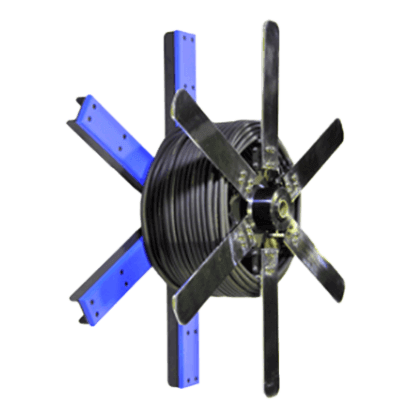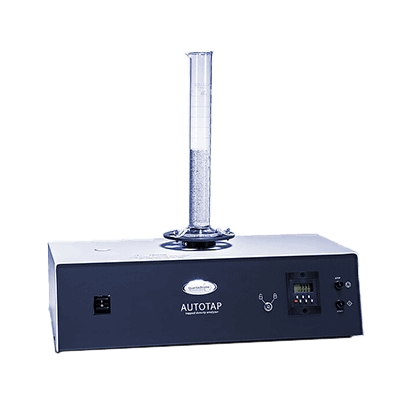What Is a Refractometer?
A refractometer is a device for measuring the refractive index of a sample.
When the light source wavelength, temperature, and pressure are constant, the refractive index is unique to the substance and is used to identify and test the purity of the substance. The Brix sugar meter, which is used to measure the sugar content of fruit juices and beverages, is another type of refractometer that uses the effect of the concentration of sugar in the sample solution on the refractive index.
The refractometer requires precise sample preparation under stable temperature conditions because of the influence of temperature and sample concentration.
Uses of Refractometers
Refractometers can be used to quantitatively measure the refractive index of a substance, which is a measure of purity because it varies from substance to substance. While HPLC or GC analysis is required to determine purity in more detail, a refractometer is the best choice for quick and easy measurement.
1. Food Industry
Brix analyzers are used to measure the sugar content, salt content, nectar content, and other components of food products for quality control and production process management. The Brix Glycometer, which measures the sugar content of food products, measures the refractometer by placing fruit juice or beverages on the measuring section.
Since the refractive index correlates with the concentration of sugars (glucose, fructose, sucrose, etc.), the refractive index can be converted to Brix sugar content (unit: °Bx) and displayed.
2. Pharmaceutical Industry
The concentration, purity, and density of chemical substances are evaluated and used in the development of new drugs and for quality assurance.
3. Biological Research
Determines the composition of biological samples (blood, urine, etc.) for medical research and diagnostics.
4. Chemical Research
Used to monitor chemical reactions and analyze the composition of liquids.
5. Environmental Science
Water quality and oceanographic studies Used to investigate the properties of substances in water.
Principles of Refractometers
The following is an explanation of the principle of the “critical angle method” commonly used in refractometers as an example.
- A light source emits D-rays in the sodium spectrum toward a prism.
- When the light enters the sample through the prism, it is refracted.
- The refracted light is captured by the detector, and the refractive index of the sample solution is displayed based on the angle of incidence and the angle of refraction.
When the light source wavelength, temperature, and pressure are constant, the refractive index is a material-specific value. In quality control of food and pharmaceutical products, this method is sometimes used for purity control, for example, by setting a control range for the refractive index of each item.
In addition to the critical angle method, the refractive index can also be measured by the minimum declination method and the V-block method. Since each of these methods has its characteristics, the measurement method should be selected according to the application.
Structure of Refractometers
A refractometer consists of a prism, a light source, and a detector. The light source and detector are located inside the instrument, while the prism is exposed on the instrument’s surface. The refractive index can be measured by placing a sample solution on the prism and refracting the substance.
Types of Refractometers
1. Liquid Refractometer
Used to measure the refractive index of liquids. The Brix sugar meter is also classified as a liquid refractometer.
The liquid sample is placed in a cell and the cell is attached to a refractometer. Liquid Refractometers are available in three measurement methods: minimum declination, sea angle, and V-block.
2. Solid Refractometer
Used to measure the refractive index of solid samples. It can measure the refractive indices of crystals, films, membranes, and fibers. It is mainly used in physical properties research and crystallography.
As with the liquid Refractometer, it can be used to measure in three different ways: the minimum declination method, the critical angle method, and the V-block method, but for film samples, it can only be used in the critical angle method.
3. Hand-Held Refractometer
Handheld and tabletop refractometers are available, and handheld refractometers are often used when the refractometer is brought into an agricultural field or factory.
Other Information on Refractometers
1. Standards
Measurement standards for refractometers are specified for each object. The main standards followed are the Japanese Industrial Standards (JIS), the American Society for Testing and Materials (ASTM), the ISO standards, and the Japanese Optical Glass Industrial Standards (JOGIS).
2. Refractive Index
Light travels straight through a uniform medium, but when it encounters a medium with different properties, it is reflected or refracted at the boundary. In a non-uniform medium, light rays are continuously bent.
The refractive index determines the trajectory of light rays and is the most important material constant in optics. The refractive index is expressed as “phase speed of light in vacuum/phase speed of light in material.


